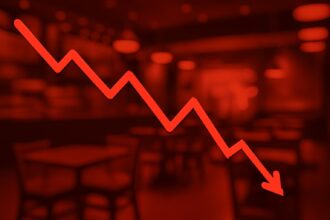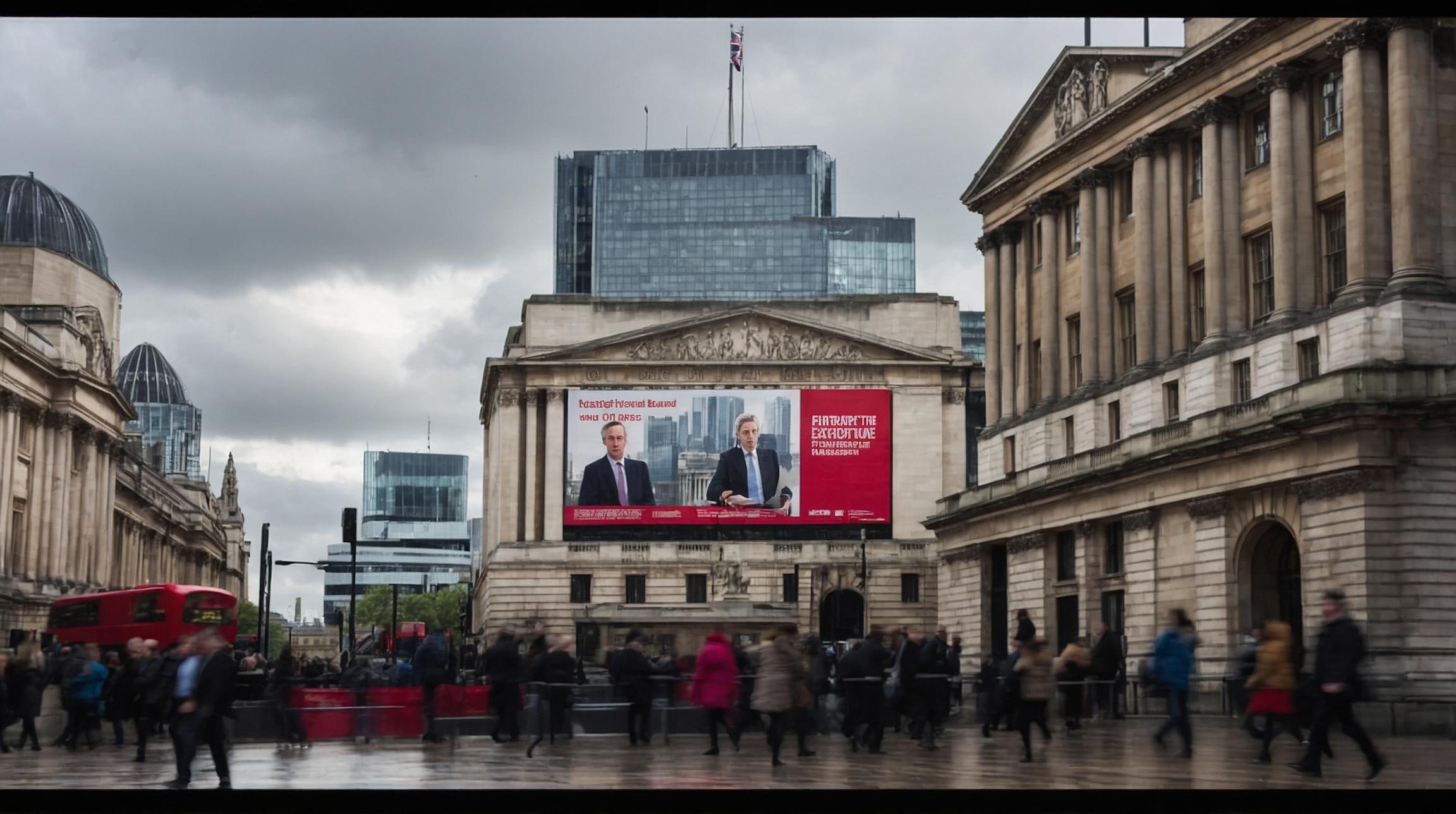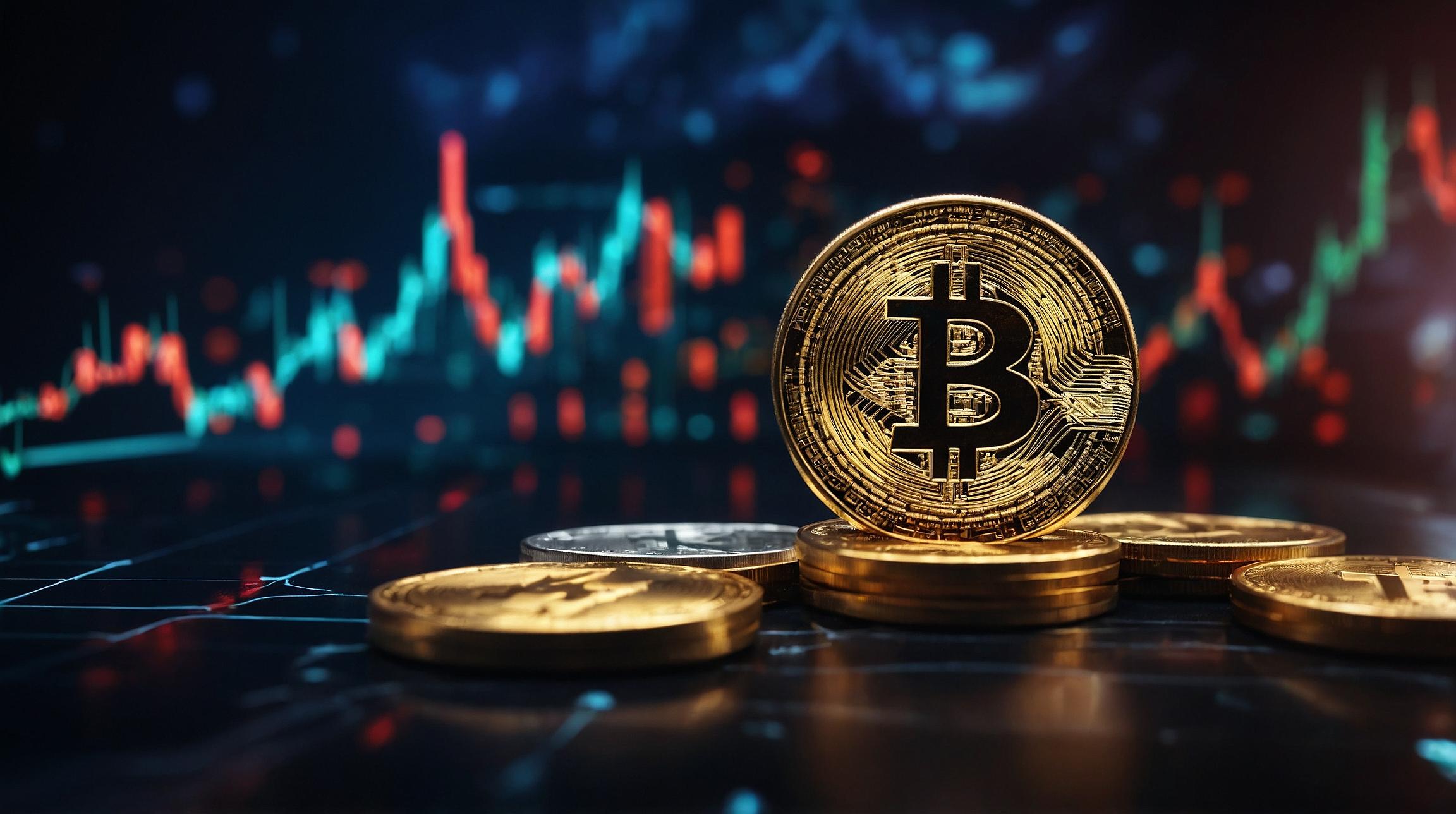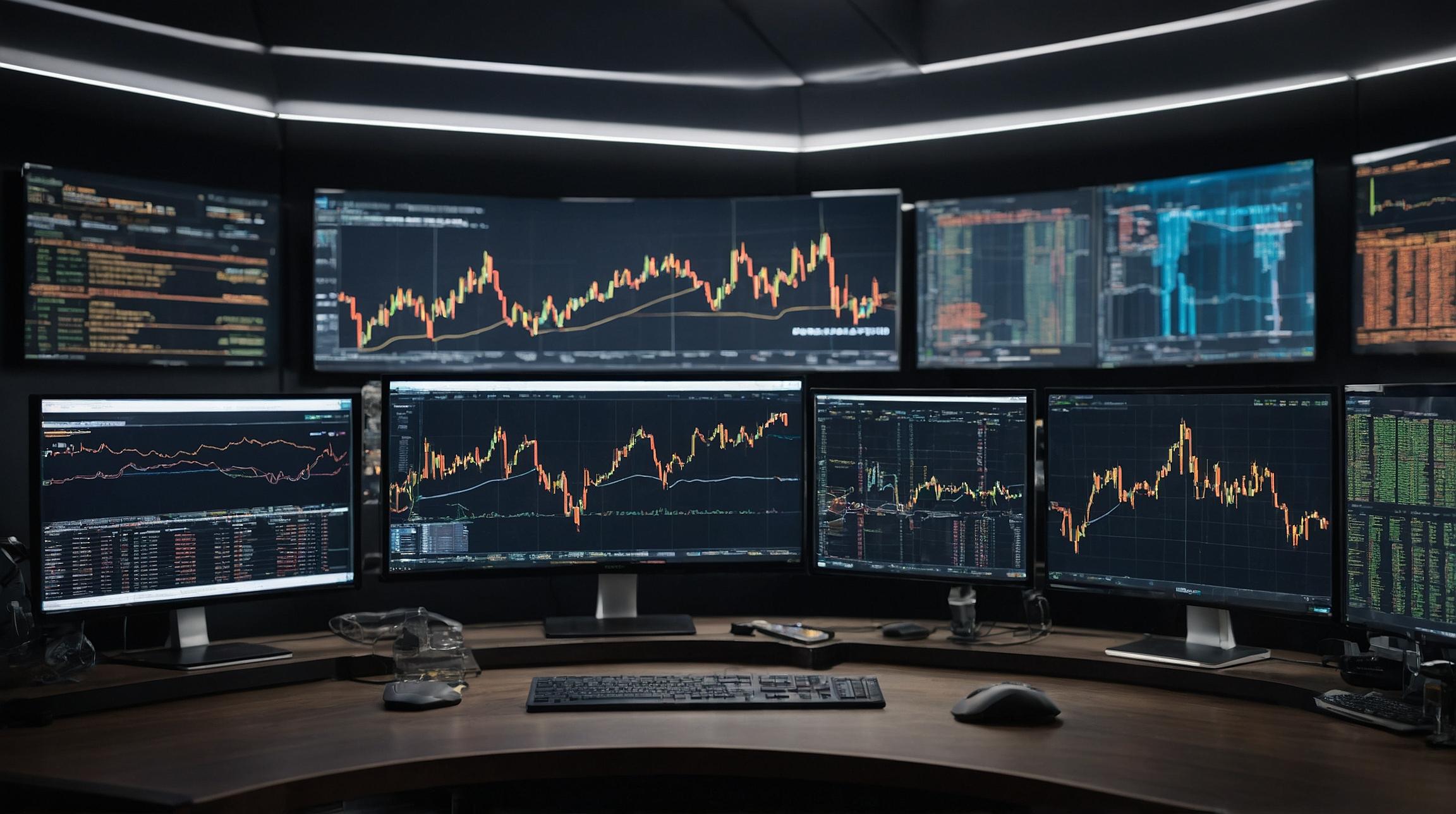Britain's Pound Bounces Amid Labour's Expected Election Win
Britain's pound has seen an uptick, ahead of an anticipated landslide election win for the opposition Labour Party. However, the future of the currency hinges on whether the next government can assure edgy investors of its plans to address a sluggish economy.
On a trade-weighted basis, sterling has returned to levels last seen before the 2016 Brexit vote. This is because currency traders are betting that political instability under the ruling Conservative party may come to an end with Labour's win on July 4.
Sterling's Rollercoaster Ride
The currency's jump now means investors already believe a strong Labour majority will boost Britain's growth. Liverpool university finance professor Costas Milas notes that a lack of confidence in political stability would make sterling much more volatile.
Sterling, once the world’s reserve currency, is now trading below its historical per-dollar average from before 2016 but has outperformed all major peers this year, reaching around $1.27. It bounced back sharply from a record low of $1.03 in 2022, caused by former Conservative Prime Minister Liz Truss’ under-funded mini-budget which caused a bond market rout, raised debt costs, and worsened inflation.
Analysts believe a Labour government with stable and market-friendly policies could reverse this cycle. Guillermo Felices, PGIM Fixed Income global strategist, stated that what’s supporting sterling is “expected stability”.
UK’s Economic Challenges
The UK faces significant economic hurdles. Public debt-to-GDP is at a 63-year high, and foreign direct investment has decreased in four out of the last five quarters up to the end of 2023. To avoid spending cuts, Labour might need to increase taxes or borrowing, according to the Institute for Fiscal Studies (IFS).
Though the mini-budget incident showed the importance of fiscal policy, Labour’s exact policies remain unclear. The IFS criticized both Labour and the Conservatives for “hidden and ducked” the big tax and borrowing questions, adding to the uncertainty.
Sterling's Future
According to analysts, sterling is expected to rise slightly to $1.2875 in the next 12 months. However, there are long-term risks. Simon Harvey from Monex Europe mentioned that traders are currently optimistic due to limited room for Labour to overspend. Still, there's concern that Labour could swing too far to the left, worrying some investors.
Inflation Impact and Political Implications
Inflation has been a considerable challenge, with annual price rises peaking at 11.1% in 2022. Oxford Economics calculated that a 10% sterling depreciation would add 1.3 percentage points to UK consumer price inflation over two years. Labour leader Keir Starmer has outlined long-term plans to boost investment in housing and infrastructure, somewhat echoing U.S. President Joe Biden's policies.
However, Giles Wilkes from the Institute for Government referred to it as a “poundland version of Bidenomics”, suggesting it wouldn't involve troubling levels of spending. On the contrary, former economic adviser Roger Bootle believes Labour's finance chief Rachel Reeves will likely keep spending tight.
Risks of Populist Drift
If Labour’s policies lead to cuts in already strained public services, there is a risk of voters shifting towards populist parties, potentially harming efforts to rebuild trade links with Europe. This point was made by Dario Perkins, TS Lombard's head of macroeconomics and former Treasury adviser.
In summary, while sterling's recent performance is a positive sign, its future stability will heavily depend on Labour's ability to make credible economic policies and maintain investor confidence amid the UK's significant economic challenges.
Terminology Explanation
Trade-weighted basis: This measures a currency's value compared to a basket of other currencies, reflecting overall trade impact. For example, if the UK exports mainly to Europe and the pound strengthens against the euro but weakens against the dollar, the trade-weighted value shows the net effect.
Fiscal policy: Government decisions on taxes and spending. For example, tax cuts and increased healthcare spending can stimulate the economy.
Public debt-to-GDP: This ratio compares a country’s public debt to its total economic output, indicating how sustainable the debt is. For instance, if a country’s GDP is $1 trillion and its public debt is $800 billion, the debt-to-GDP ratio is 80%.
- Sterling depreciation: A decrease in the value of the pound relative to other currencies, making imports more expensive and exports cheaper.
You can see how these complex financial dynamics influence everyday life through changes in prices and employment opportunities. Understanding these terms helps decode the broader economic impacts.













